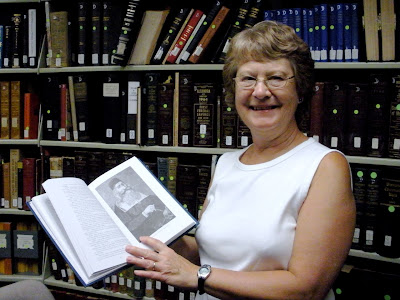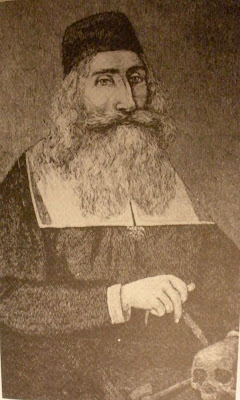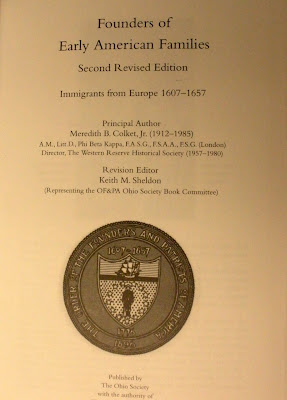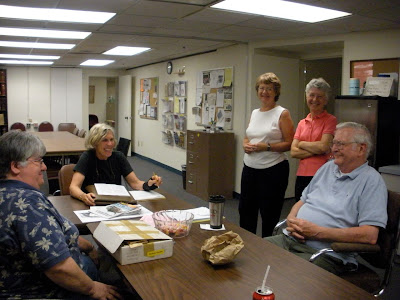CGS member Jeanie W. Chooey Low sent this announcement:
The keynote speaker is Dr. Erika Lee, co-author of Angel Island: Immigrant Gateway to America with Judy Yung. The book is due out in 2010, but you will get a preview of the new stories emerging from their studies of Chinese, Japanese, Korean, and Russian immigrants, who passed through Angel Island between 1910 and 1940.
The immigration experience is a common thread binding the histories of most Americans. Whether escaping persecution, poverty or lack of economic prospects, immigrants have come to the United States for the ideals it represents — freedom, democracy, and opportunity. Most Americans know the story of Ellis Island, where immigrants crossing the Atlantic Ocean were processed. But the story of its West Coast counterpart, Angel Island, is little-known.Located in the middle of San Francisco Bay, Angel Island Immigration Station was routinely the first stop for immigrants crossing the Pacific Ocean. The Angel Island Immigration Station Foundation (AIISF) is the nonprofit partner of California State Parks and the National Park Service in the effort to preserve, restore and interpret the historic immigration station.




